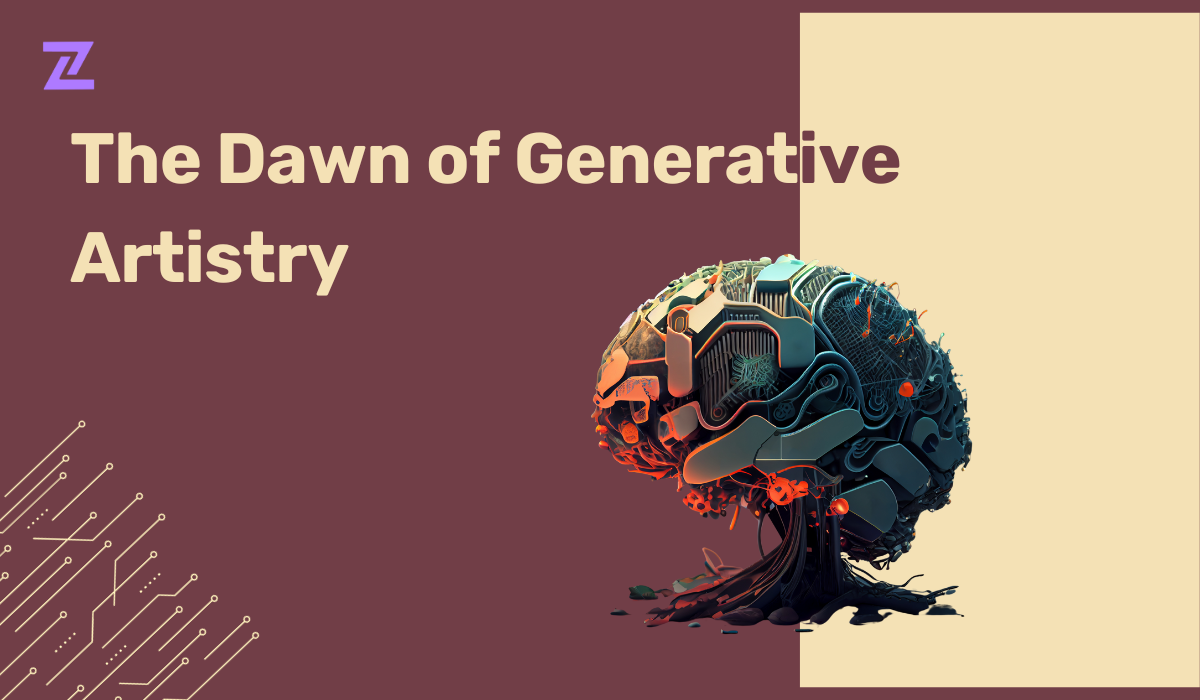
In recent years, the rapid advancement of Generative AI has ushered in a new era of possibilities, transforming the way we create content, make decisions, and conduct business. From generating personalized content to revolutionizing drug discovery in healthcare, Generative AI is a powerful force shaping industries across the spectrum. However, with great power comes great responsibility, and as this technology becomes more pervasive, it introduces a host of challenges that demand careful consideration.
Generative AI has become an integral part of both personal and professional lives, offering capabilities that were once considered exclusive to human creativity. Large Language Models (LLMs) like OpenAI's GPT-4 and others have played a pivotal role in this progress, leveraging vast datasets to generate human-like text, code, and creative content. The plummeting costs of computing and significant investments by AI labs, including OpenAI's valuation at $29 billion, have propelled the development of increasingly sophisticated models.
The applications of Generative AI span diverse industries, with healthcare standing out as a transformative space. AI-powered drug discovery, enhanced medical imaging, and diagnostic support are revolutionizing pharmaceutical research and healthcare diagnostics. However, the technology's impact is not limited to healthcare, as it influences the pharmaceutical, manufacturing, media, architecture, engineering, automotive, aerospace, defense, electronics, and energy sectors, among others.
Consumers are embracing Generative AI for creative purposes, from content generation to brainstorming. Individuals are leveraging generative tools for diverse tasks, including creating customized meal plans, crafting eloquent speeches, and even producing illustrated children's e-books with the help of AI models.
In essence, Generative AI has become a versatile tool that people integrate into their daily lives for various purposes. While it brings convenience and efficiency, the ethical considerations, potential biases, and the need for responsible use underscore the importance of ongoing discussions around the role of AI in shaping our everyday experiences.
On social media, Generative AI finds applications in creative arts, healthcare improvement, content curation, gaming, coding, and reducing human effort. Users highlight benefits such as new inventions, faster decision-making, error-free outputs, and 24/7 availability. However, the surge in generative content creation raises questions about the authenticity and quality of the output. As Generative AI continues to evolve, its impact on the future of work is profound. Content creators will witness a shift in their roles, transforming into content editors with a focus on curating and refining AI-generated output. This transition demands a new set of skills, reflecting the evolving nature of work in the age of advanced AI.
Generative AI's practical uses today extend beyond content creation to include scientific discovery, technology commercialization, synthetic data, generative engineering, and design. Yet, alongside its potential benefits, there are significant and evolving risks associated with the technology. Threat actors can exploit generative AI for deep fakes, intellectual property and copyright concerns arise, and the environmental impact of the technology's electricity consumption raises sustainability questions. While Generative AI holds immense promise, the challenges cannot be ignored. Lack of transparency, accuracy issues, biases, intellectual property concerns, cybersecurity threats, and environmental sustainability are areas that demand careful consideration.
Generative AI is reshaping the landscape of industries and daily life, offering unprecedented opportunities alongside complex challenges. As we navigate this transformative journey, it is essential to strike a balance between harnessing the power of AI for progress and addressing the ethical, legal, and societal implications. The future of work, the integrity of information, and the responsible use of technology depend on our ability to navigate this dynamic landscape with foresight and responsibility.